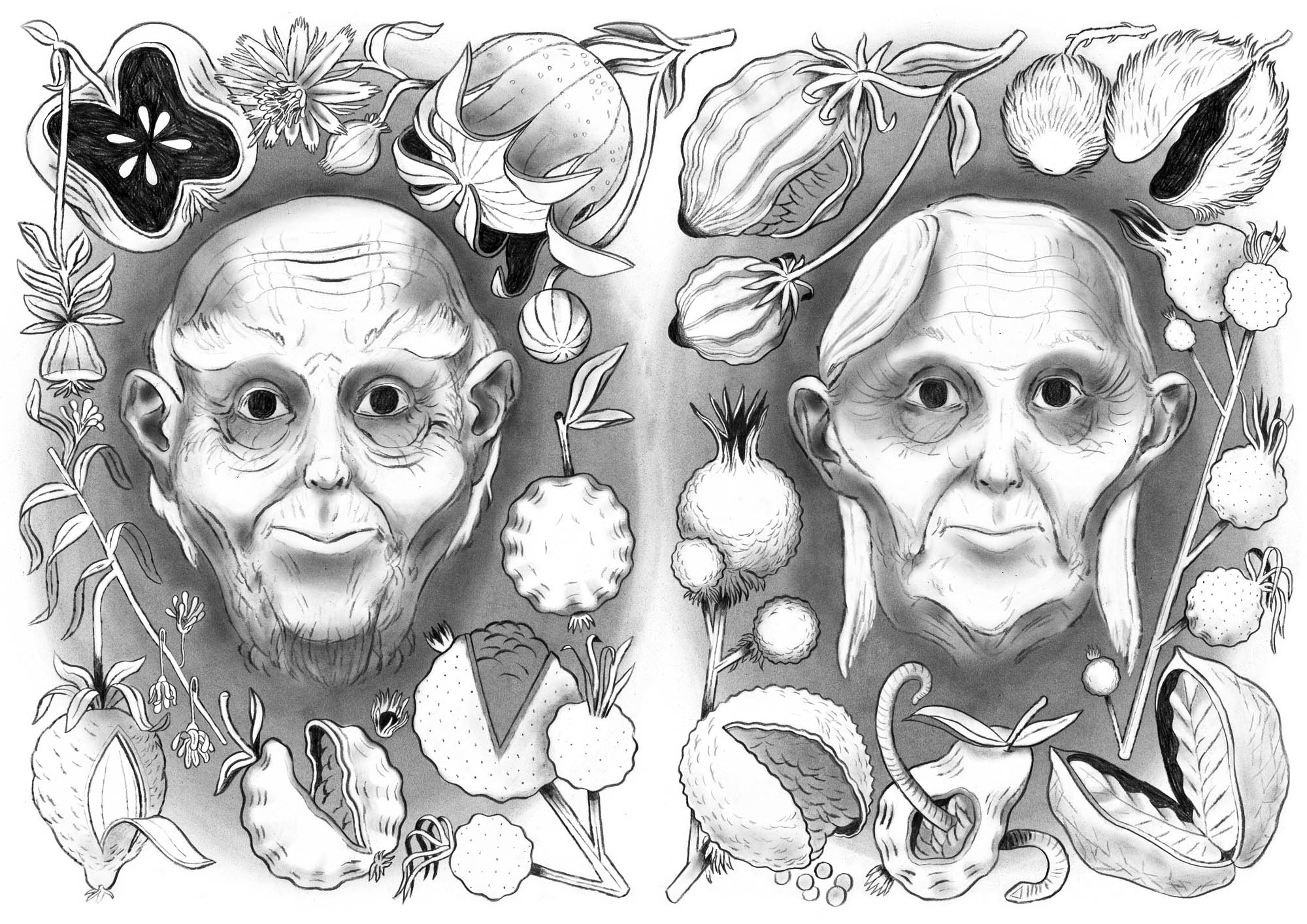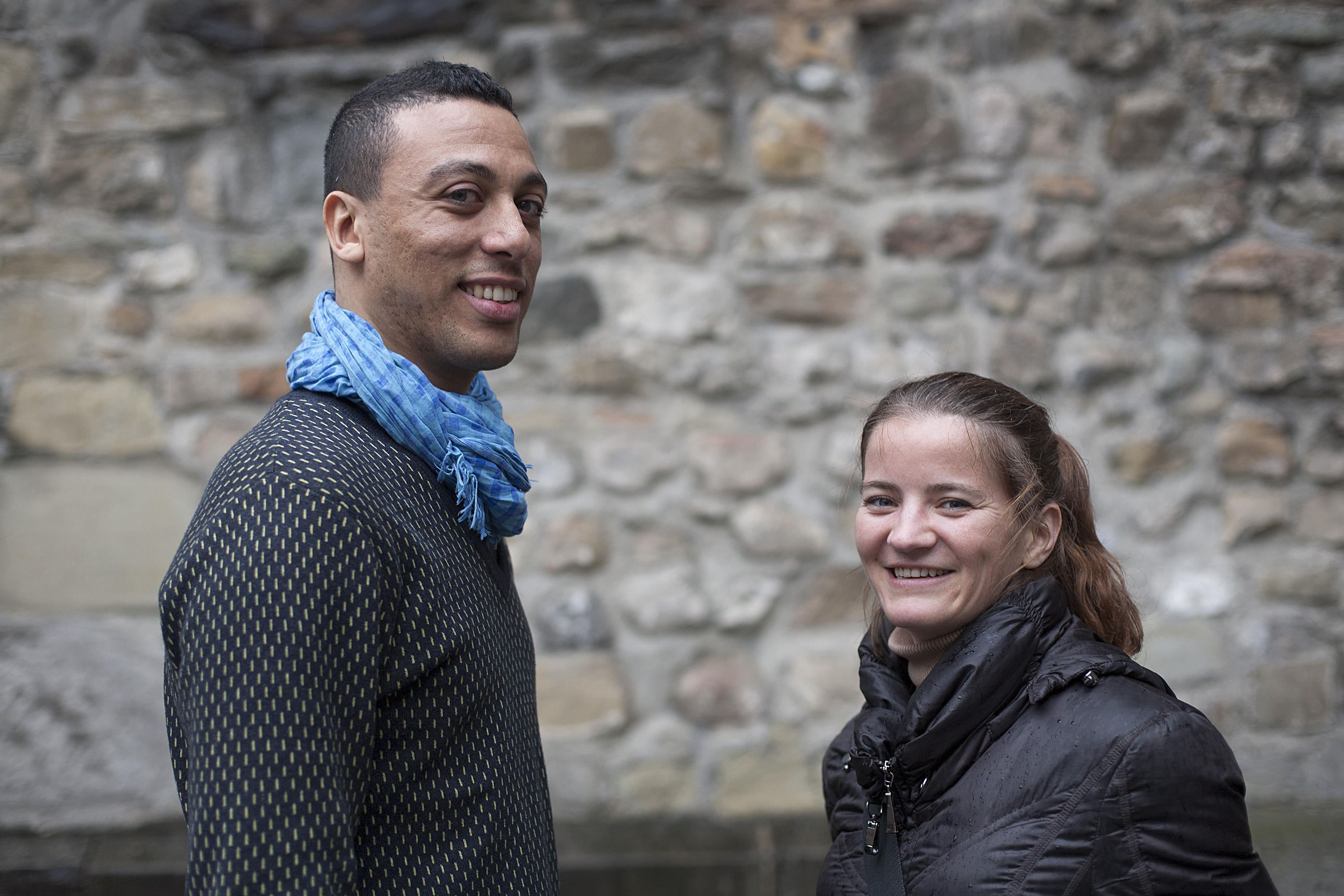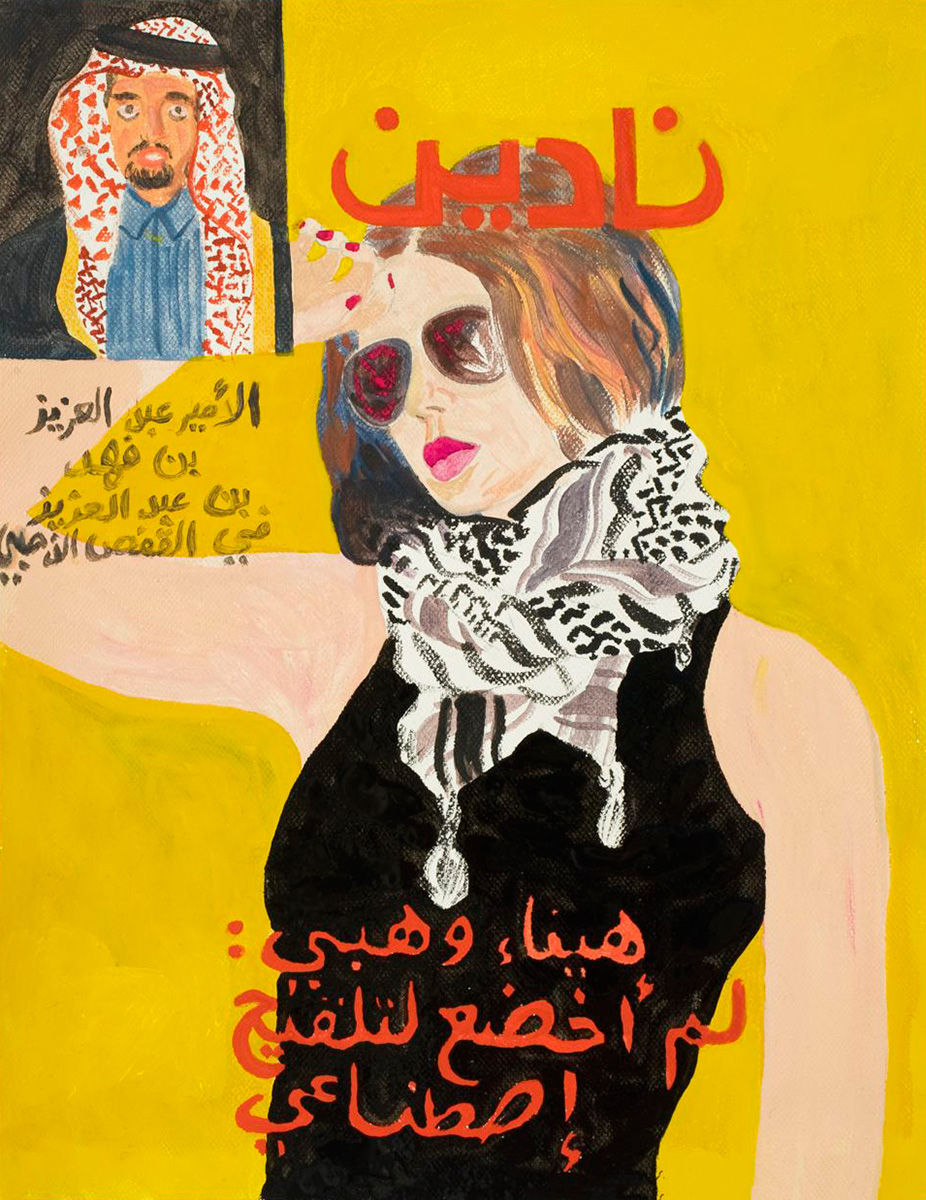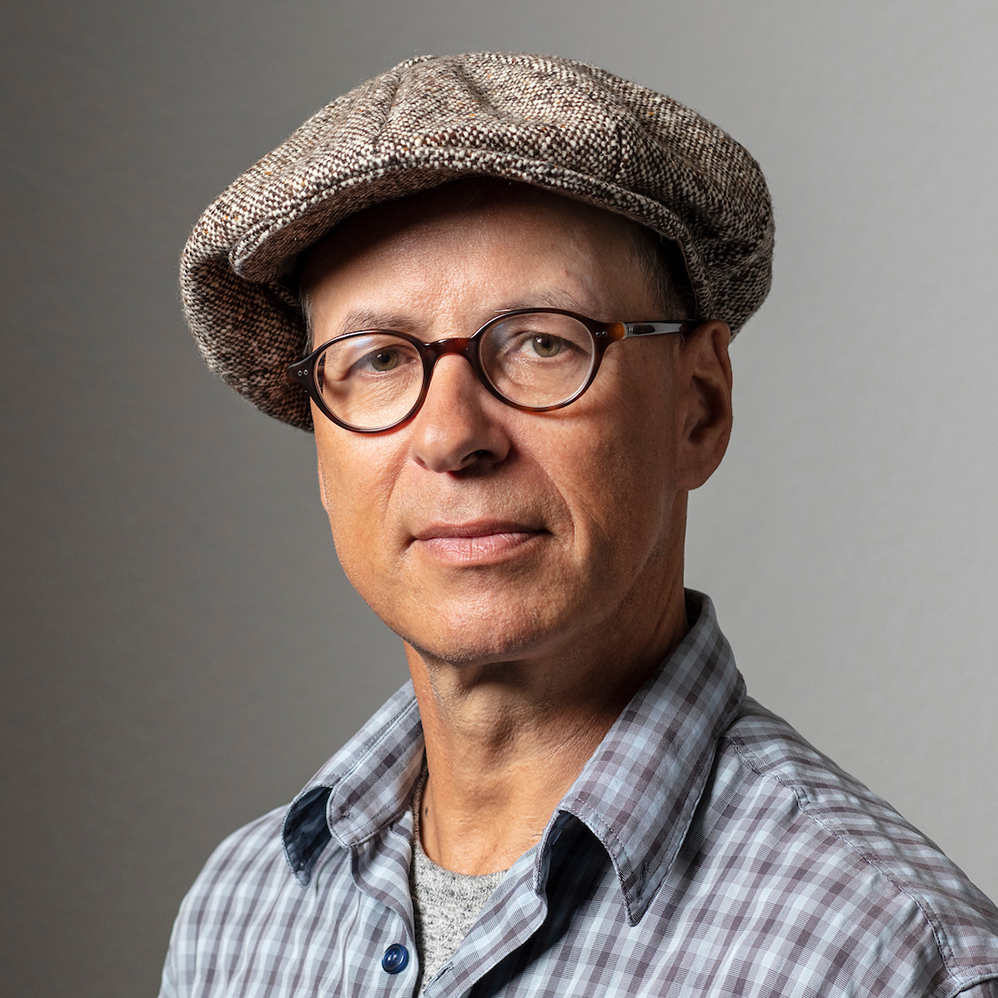Lucerne festival illustrates rich world of comics

The Fumetto International Comix Festival in Lucerne has once again proved that the scene is alive and kicking despite the art form’s juvenile reputation, especially in German-speaking regions.
Nine days for the ninth art: every March Lucerne celebrates independent, alternative avant-garde comics as an art form.
“Fumetto really is a festival for exhibitors and artists – not a fair with stands and people dressed in suits,” declares Marta Nawrocka, co-director and spokeswoman of the festival, which was held this year for the 22nd time.
“Fumetto is extremely important as it puts the scene in a huge spotlight. The high-quality programme gets a lot of media attention – that’s awesome,” says David Basler. In 1981 he co-founded Edition Moderne, the only comic book publisher in German-speaking Switzerland committed to avant-garde and artistic underground comics, and in 1984 he started the comics magazine Strapazin.
According to Nawrocka, her love and commitment to the art form involves a great deal of educational lobbying, especially with sponsors to try to break down out-dated prejudices.
“In German-speaking countries comics still have a juvenile reputation; they’re little picture books that you set aside after your teenage years,” Nawrocka says.
A visit to Fumetto works wonders for the sceptics, she grins: “That’s when they are usually convinced of the artistic content of comics.”
Prejudice can be hard to overcome in German-speaking areas, confirms Christian Gasser, who has been following the scene as a journalist and co-editor of Strapazin for years.
But the development over the past 20 years shows that comics are a diverse, artistic genre that reach a wide audience, he argues.
“In the media, which I know very well, comics are now respected as a serious literary art form,” Gasser says. He has a lot to do with that. His contributions to the Neue Zürcher Zeitung and Der Bund newspapers, as well as to Swiss radio and television and German radio, have turned him into a mediator and representative for the comics world.

More
Arab comic strips experience their own spring
Illustrated accounts
People assume that comics should be funny, which is wrong, says Nawrocka, pointing to cartoonist Art Spiegelman, who also figured in the Festival 2013 programme. In 1992, the American underground comics pioneer won the Pulitzer Prize for “Maus” – in which he told the story of his parents surviving the Holocaust. He portrayed the Nazis as cats and the Jews as mice.
The work of legend Joe Sacco was also on show in Lucerne this year. The Maltese-American cartoonist and journalist is widely considered to be one of the pioneers of the comics journalism form thanks to his illustrated reports from conflict zones like Gaza, Iraq, Bosnia, Chechnya, India and Palestine.
“Graphic novels are documentary, autobiographical or reportage comics of 100 pages or more. Because of their content, they can reach an audience beyond the usual comics scene. These people say, ‘I’ll buy a graphic novel, even though it’s a comic book’”, says publisher David Basler.
Classic comics are defined by the heroes, nobody knew the creator of Mickey Mouse, Basler says: “But graphic novels are more defined by the author and artist, as is the case, for example, with Swiss cartoonist Thomas Ott.”
The 22nd Fumetto International Comix Festival in Lucerne took place from March 16-24, 2013, and attracted around 50,000 visitors.
The festival organisers said they were thrilled by the “high and stable number of visitors” – particularly the increase of festival-goers from western Switzerland.
Martin Viot won the Audience Award. The 24-year-old Belgian also came in 2nd in the Fumetto main competition.
The winner of the main competition was 28-year-old Tse-Wei Tu of Taiwan for “The Gift”. Based on the competition’s theme of justice, the work was both playful and complex, said the jury.
Max Kamber, aged 13, won the prize for young (aged 13-17) cartoonists. In 2012, the teen from Bern took first place in the children’s category (aged 12 and under).
A focus of this Fumetto festival was the exhibition “Robert Crumb & The Underground,” about the birth of alternative comics in the 1960s and 1970s.
Another highlight was the group exhibition Al-Comix al-Arabi about the Arab Spring.
Fumetto started in 1992 as a small trade festival focused on comic art, but has developed over the years into a major meeting point for contemporary drawing, sketching, and comics.
Great enthusiasm, little money
Edition Moderne is playing an important role especially as the scene and the number of publishers is so small.
“The first ten years we were amateurs, in the second decade we were semi-professionals, and in our third decade we’ve become professionals,” Basler says of the small company that publishes 12 editions per year.
Expanding the classic format of the 40-page comic strip is attractive for Christian Gasser for another reason.
“In the graphic novel, the comics cultures of the French- and German-speaking parts of Switzerland are converging,” he notes.
Before Strapazin there was no comics scene in German-speaking Switzerland, which is why western Switzerland was the home of the “more creative scene” until the mid-1990s. Western Switzerland has a long comic book tradition thanks to French publishers and the French market, which offers much greater commercial opportunities.
“Zep, Cosey and Derib had and still have an audience of millions; they can easily live from their work,” says Basler. But this is rarely the case for the artists he publishes. Thomas Ott, one of the global greats of dark underground comics, is also a lecturer at the Zurich University of the Arts.
Ott is not the only Swiss artist with this kind of career path. Practically any lecturer who teaches illustration at a Swiss art school are part of the Strapazin scene, says Christian Gasser.
“An entire generation interested in comics is now graduating from university. Switzerland doesn’t have to worry about fresh talent,” he says.

More
From Crumb to Cairo: celebrating a global art form
Fantasy comics
Bastien Gachet, 26, from Geneva is an example of this new generation. Fumetto helped make possible his first major public appearance and book publication. The professionally-trained illustrator used the “tremendous opportunity” as a testing ground to explore the limits of the genre.
Gachet designed his exhibition as a visual performance, which he created especially for the festival in a former chapel. The book Julien2 features portraits of a person carved into copper.
At first glance, the work has little to do with comics apart from its serial nature. The narrative reveals itself only gradually as the viewer imagines the stories of one or two protagonists.
“It’s very exciting that Fumetto maintains this very open and expansive view of the genre,” Gachet stressed.
(Translated from German by Susan Vogel-Misicka)

In compliance with the JTI standards
More: SWI swissinfo.ch certified by the Journalism Trust Initiative









You can find an overview of ongoing debates with our journalists here . Please join us!
If you want to start a conversation about a topic raised in this article or want to report factual errors, email us at english@swissinfo.ch.